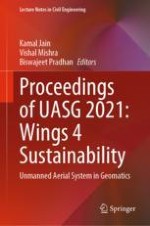2023 | OriginalPaper | Chapter
Spacio-Statistical Model to Predict Crime Locations Based on Past Crime Events and UAV Based Monitoring of the Predicted Surveillance Route
Authors : Hasmukh Chauhan, Pranav Pandya, Chancy Shah
Published in: Proceedings of UASG 2021: Wings 4 Sustainability
Publisher: Springer International Publishing
Activate our intelligent search to find suitable subject content or patents.
Select sections of text to find matching patents with Artificial Intelligence. powered by
Select sections of text to find additional relevant content using AI-assisted search. powered by
